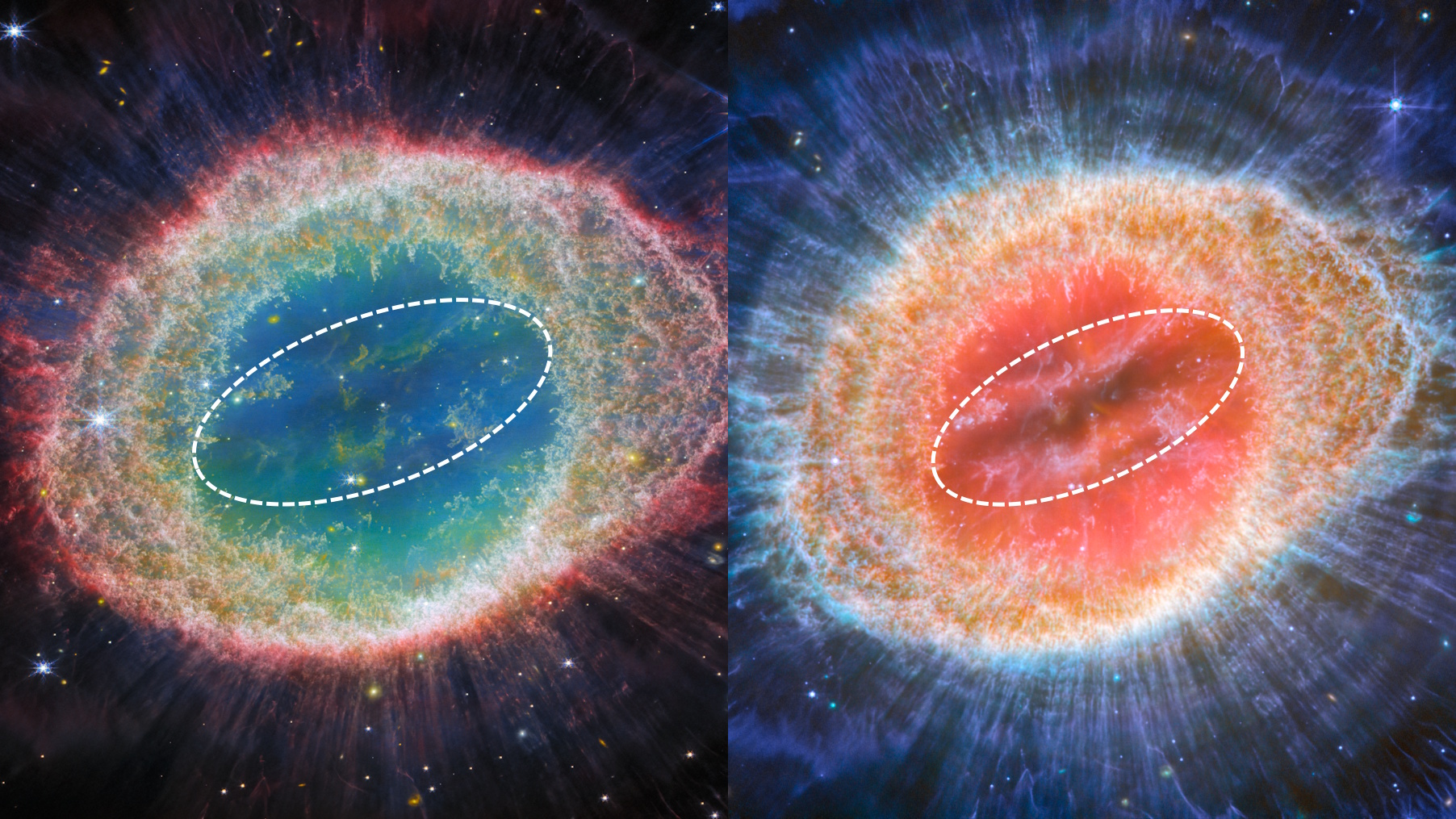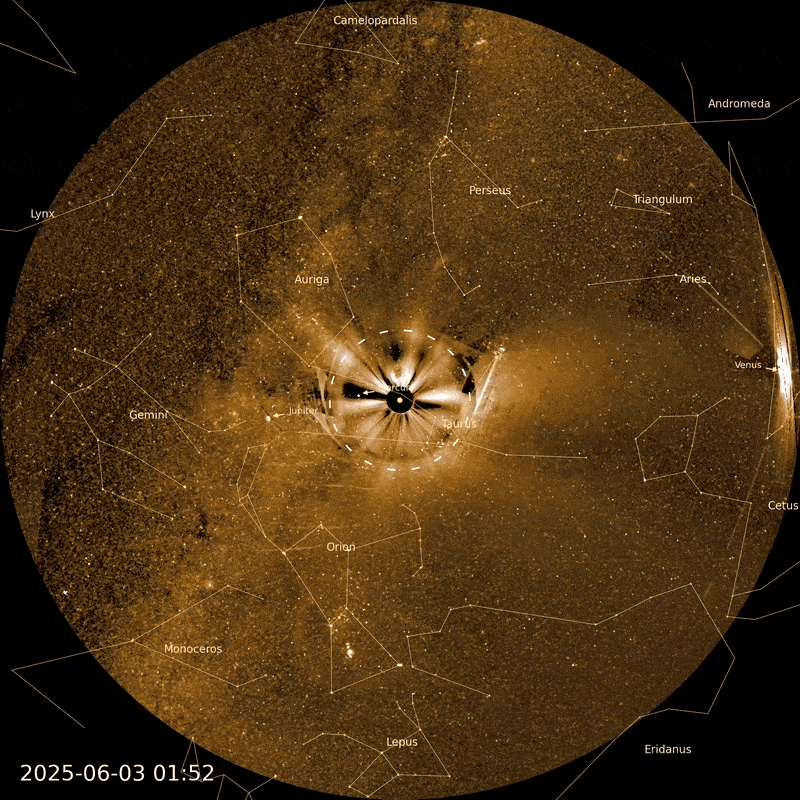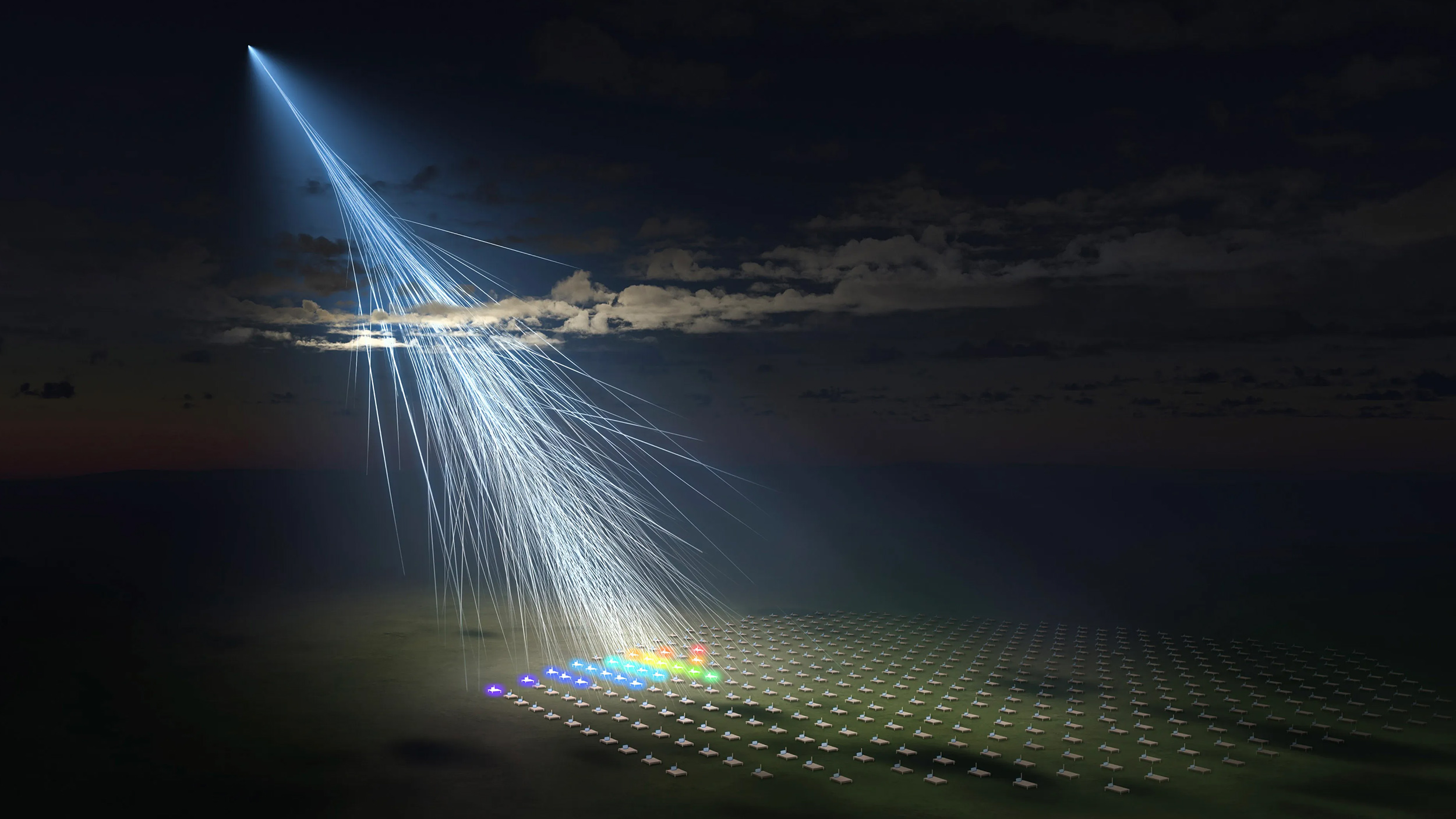Did you catch the new year’s auroral show?

From cities across the world, fireworks were the spectacular sight. But near the poles, nature was the star of the show.
“You cannot rob me of free nature’s grace,
You cannot shut the windows of the sky
Through which Aurora shows her brightening face.” –James Thomson
Celebrating the dawn of a new year usually consists of music, cheers and a spectacular light show. Typically, we make our own on Earth, through the chemical reactions of fireworks, light bulbs and other run-of-the-mill displays. But if you happened to be located at high latitudes on either side of the world — at higher than about 45 (or especially 50) degrees in either hemisphere — you just might have seen the best show of all if you head away from any artificial light sources, to a dark sky location.
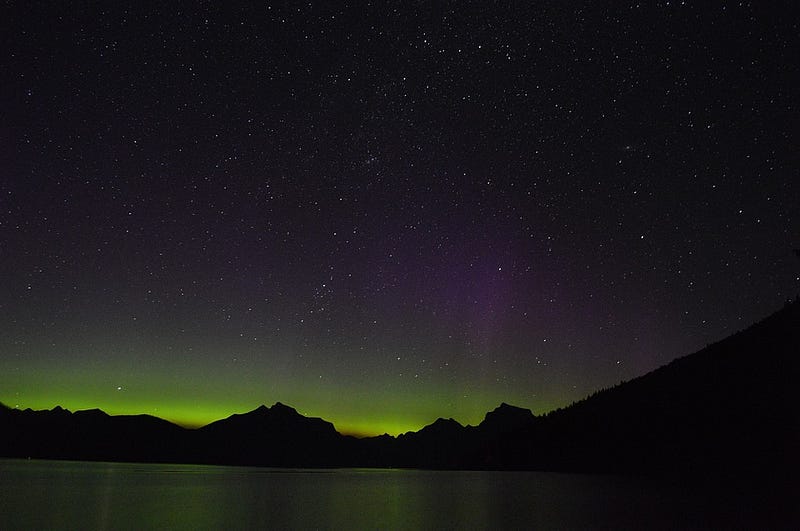
On December 28th, the Sun let out a coronal mass ejection, where material from the outer layers of the Sun’s hot plasma gets ejected into interplanetary space. These ejections most commonly occur at or near the Sun’s equator, and can randomly go in any direction. While almost all such ejections miss our planet entirely, every once in a while, we’re oriented just right so that these particles, mostly made up of fast-moving, ionized atoms, travel on a collision course towards Earth.
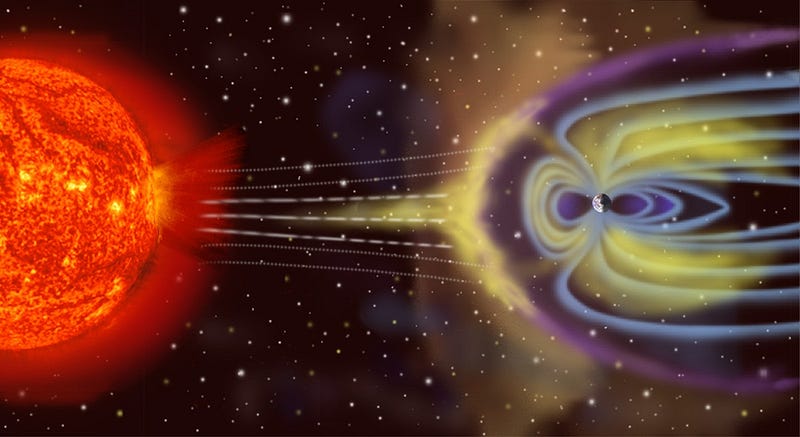
This would be potentially dangerous, were it not for the combined protection offered by our planet’s magnetic field and Earth’s thick atmosphere. Ionized atoms are all electrically charged — either positive or negative — so when they encounter Earth’s magnetic field, they’re compelled to turn thanks to electromagnetic forces. This steers most of the ionized particles away from Earth, but there are a few that get funneled down into our atmosphere along the magnetic poles, where they strike our world in a “ring” on both the north and south sides.
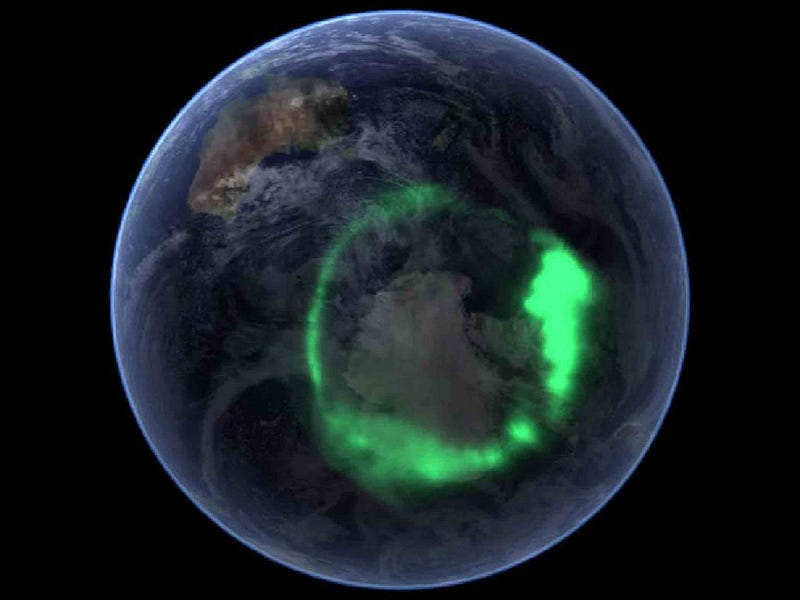
The stronger the flare that created the ejection from the Sun, the faster and more energetic these particles are, and hence the farther down towards the equator they can penetrate. Our atmosphere shields humans and all living creatures from these particles directly, but that’s only because it’s so thick. The hydrogen, oxygen and nitrogen in our upper atmosphere get struck by this radiation, ionize, and finally encounter free-floating electrons to recombine with.
When these electrons drop down in energy levels, they emit light of a few specific wavelengths: most commonly green, but sometimes red or blue. These lights are what we know as the aurora borealis (or aurora australis, in the south), or the northern (or southern) lights!
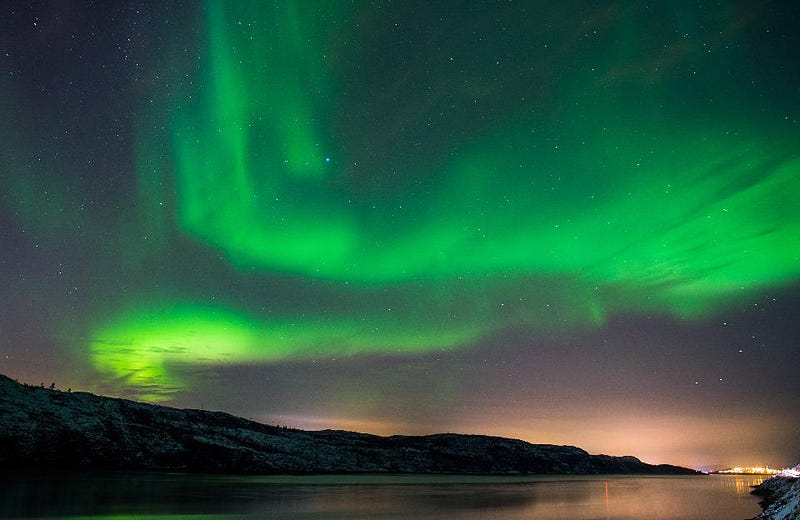
The flare on December 28th was a pretty good one, creating a geomagnetic storm two days later on December 30th that at its peak, reached a planetary K-index of 7, where the scale typically runs from 0 (no activity) to 9 (maximum activity). We only reach a 9 on that scale once every three years on average, so getting to a 7 is pretty good! It means that all across the northern United States (and in all of Canada, Scotland and the Scandinavian countries) there was the potential for the aurorae to be clearly visible.
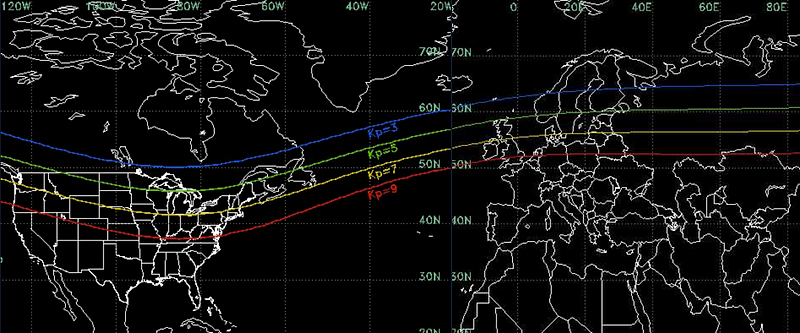
Getting to a 7 close to the winter solstice is even better, because of how much darkness we have here in the northern hemisphere! If your skies are clear and away from cities and light pollution, and you looked towards the north (or just “up”) if you’re in a favorable location, curtains of shimmering brilliance might’ve been your nighttime companion. It’s something that reached its maximum the day before we send off 2015 and welcome 2016, and it’s a sight unlike any other for high-latitude skywatchers here on Earth.
That’s to say nothing of the astronauts hovering above Earth! By far, the best views of the aurorae go to the men and women orbiting on the International Space Station, which circles the globe every 90 minutes or so. From the ISS, the aurora isn’t simply a curtain, but rather an entire ring that’s often traceable all the way around as you fly over it.
While we’re all thankful to be free to ring in the new year however we see fit, for those of us who’ve made the journey up close to the poles to a relatively dark site, the night before New Year’s Eve truly held the best show of all!
Leave your comments on our forum, and check out our first book: Beyond The Galaxy, available now, as well as our reward-rich Patreon campaign!

